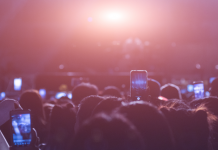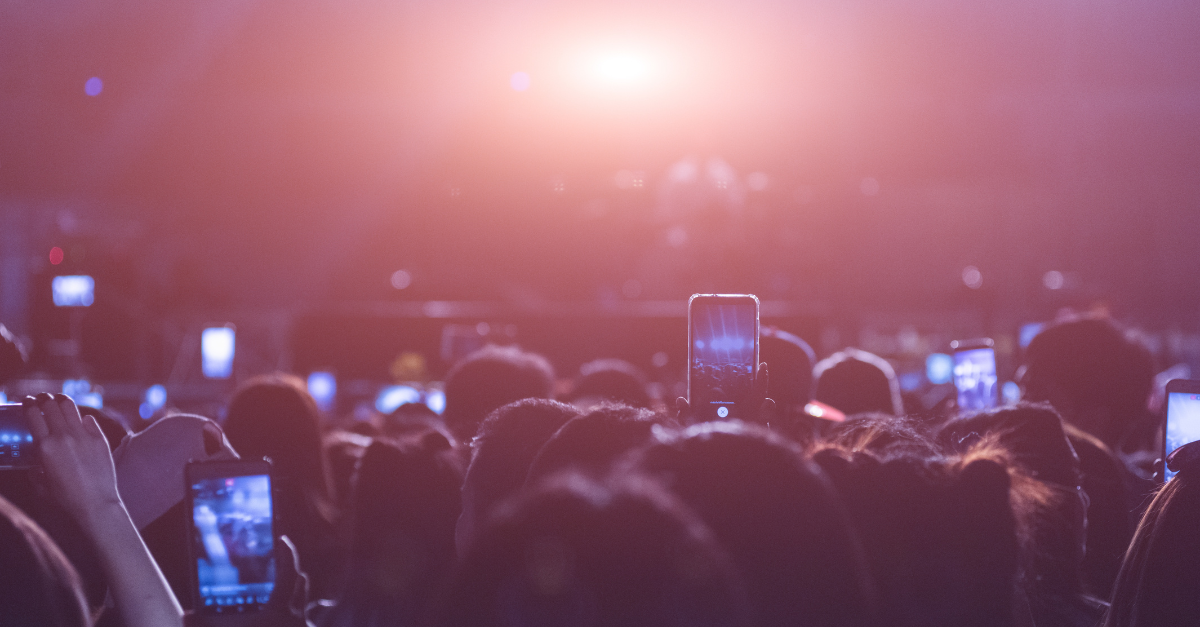Article by Justin W. Ball, CMP — president and founder of Bespoke, an experiential event marketing company that brings their clients’ brand stories to life through personal and group engagement that connect and inspire – from meetings, conferences, trade shows, incentive trips, video, podcasts, and social media, and more. Justin has years of experience in the event industry and currently serves on the board for the Live Events Coalition.

I believe the future of the event industry is bright. But to meet the expectations of a new generation of event goers and secure a thriving, dynamic events landscape, we’ve got to innovate. As millennials and GenZers increase their share of the percentage of attendees, event professionals must find creative ways to encourage participation among attendees who bring new preferences and expectations to the table.
As you know, every event is unique. There’s no “one size fits all” solution to maximizing engagement in 2023. The key is to be open to making small but meaningful tweaks to existing approaches. In that spirit, I’m breaking down two areas of opportunity for interactive event programming that will encourage greater participation from your attendees.
The case for welcoming phone use during sessions
We’re all familiar with those admonitions to turn off phones. Instead of discouraging phone use during presentations and discussions, we should welcome them. Baby Boomers and Gen Xers, who grew up without phones in their pockets (and who often spearhead events planning) often shrink from phone usage, finding it disruptive. But phones dwell at the heart of millennials and Gen Z senses of identity. Rejecting phones’ relevance can offend, and certainly interfere with, hatching wellness and peace of mind.
Of course, muting the ringer and alert noises, which can be distracting to other attendees, is still a norm worth following. But among other things, I think phones — when used responsibly — can bring enormous benefits to things like presentations and roundtable discussions. This kind of programming often includes question-and-answer sessions, which is something I champion: the more participatory, the better. But the people in the audience who walk to microphones and ask questions often are the same group, over and over again. They are extroverts, and more comfortable being the center of attention.
Yet I’ll bet more conference-goers are actually introverts, or at least not self-confident enough to routinely engage during these Q&As. Phones, however, open up the questions to everybody, regardless of their personality. While only a small percentage feels comfortable speaking in public, most will not find it difficult to send their intelligent, thoughtful questions through their phones.
By utilizing phones during Q&As, speakers also open up the opportunity to display real time data as it comes in, complimenting the qualitative feedback of spoken answers with some quantitative data. Another phone-positive tip: Speakers could do things like upload their decks on Instagram, and urge attendees to follow them and grab the deck. Small nods like this toward phones’ usefulness could yield better-engaged attendees.
In short, instead of rejecting phones and all that they bring to our lives, we should instead think about ways to knit them into the many pursuits and activities that constitute an event schedule.
Session formats that set you up for maximum audience engagement
This conversation about phones leads us to the topic of participation more broadly. Here, I think being open to new kinds of session formats can really help maximize audience participation. The old-school classroom approach — a person or a few people up front on a stage, with everybody else seated in rows, listening in silence — fails to complement the learning environments most millennials and Gen Zers have experienced during their lives. For them, collaboration reigns supreme.
They don’t learn by just absorbing presented facts; instead, they prefer engaging with experts, asking more questions (including via phone, if offered), and incorporating their own experiences in spirited back-and-forths. I’m not a member of either generation, but I trumpet this push toward teamwork. It marks an improvement over yesterday’s way of doing things.
This isn’t to say that there isn’t tremendous value in an expert speaker sharing with an audience. Today’s best event programming will find creative and valuable ways to compliment and build upon this approach, and accommodate much more participation. This could mean a short introduction from an expert, followed by smaller break-out groups discussing the topic at hand. It could simply lead to much more time for Q&As, in ways that welcome phone participation.
Perhaps it could inspire us to get away from the traditional physical experience itself; people on a stage, everybody else in rows of chairs. Instead of a few VIPs looking out at over a sea of people, for example, we could find ways to bring everybody together with more intimacy and energy-generating proximity; a horseshoe design, with guests in the center and attendees in front and on both sides (and closer), might prove winning.
An evolving events landscape also could persuade us to offer more — but shorter — presentations. People still watch entire documentaries and long movies, of course. But these days, most of us are more likely to binge-watch everything from TV shows to TED Talks. I think events today are much better served by a flurry of short, powerful presentations and conversations, rather than just a few longer ones.
Innovation in the name of unforgettable events
As event professionals, our focus is on delivering memorable, uplifting, and engaging experiences to our audiences. To do this, we’ve got to constantly reconsider our approach to events. It’s not about abandoning existing norms for the sake of change itself. It’s about building upon current structures, adapting and innovating, in the name of meeting the needs and preferences of today’s event goers. Rethinking phone use and striving for more collaborative formats are just two steps toward this overarching goal.











